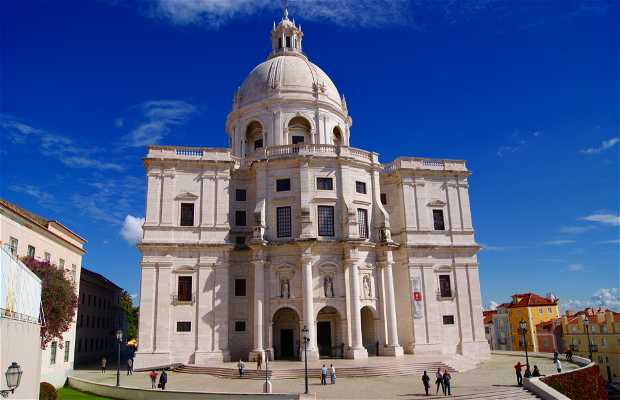Lisbon Pantheon
It is also known as the Church of Santa Engracia. It is a baroque building, built between 1682 and 1966. Yes 1966. From there the Portuguese saying "as works of Santa Engracia" to refer to an endless work. It happened to have the function of Pantheon from 1916. Among people buried there are writers, presidents of the Portuguese Republic, and also are also evoked through cenotaphs characters like Luis de Camoes, Vasco de Gama or Infante D. Enrique (although not buried here). Mainly emphasizes its great dome.


























